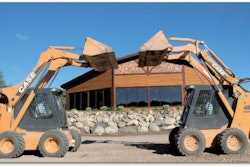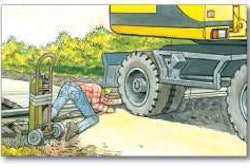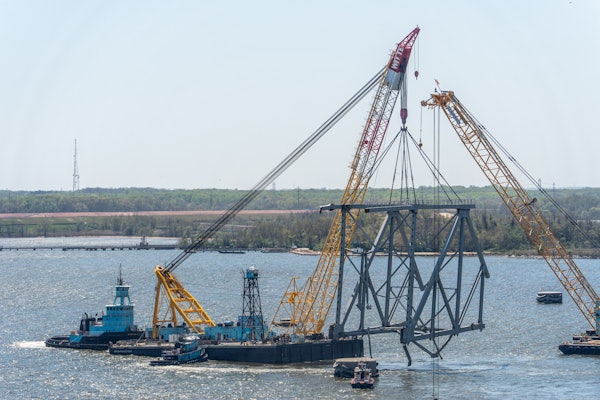Missouri Department of Transportation (MoDOT) has adopted an innovative approach to aid in stream improvement that is providing habitat enhancements for endangered fish and wildlife, while reducing project costs and completion times, simplifying the permitting process and making Missouri’s roads and bridges safer.
“MoDOT is committed to limiting environmental impacts made during construction projects,” said MoDOT Senior Environment Specialist Melissa Scheperle in a written statement. “One of the latest techniques is the modification of low-water crossings. To date, MoDOT has improved four low-water crossings over the Little Niangua River in Camden County.”
By modifying a low-water crossing, MoDOT generates stream compensation to offset impacts from a project. So far, these projects have saved Missouri taxpayers nearly $3 million.
Another benefit of MoDOT establishing a way to compensate for stream impacts is that the process required for future mitigation will be much simpler and will result in more timely reviews and approvals by the U.S. Corps of Engineers. Projects can be delivered faster, too, because the department no longer has to take the time to locate, secure and design project specific mitigation for future projects because the credits are already available for use.
In addition, low-water crossing improvements provide greater benefits to stream habitat than other smaller projects. By improving these crossings water flow is less restricted and aquatic organisms, such as the federally threatened Niangua Darter, can freely move upstream, which is critically important to allow for reproduction and population growth. Free flowing water also helps restore the movement of sediment through the stream channel.
Modifications to the low-water crossings also decrease the duration and frequency of flooding, therefore making these crossings safer for motorists.
“By modifying low-water crossings, Missouri gets twice the benefit,” Scheperle said. “Motorists have an improved crossing that is much safer and fish and wildlife can thrive in their unrestricted, natural habitat.”
MoDOT collaborated with the Missouri Corps Districts, Region 7 Environmental Protection Agency, the Missouri departments of Conservation and Natural Resources and U.S. Fish and Wildlife Service-Region 3 to gain approval for the survey methodology that determines the amount of compensation that can be received for low-water crossing improvements.
The low water crossing projects have won two awards: the 2009 Practical Design Awards for Excellence, Transportation Engineers Association of Missouri, and a 2010 Environmental Excellence Award from the Federal Highway Administration.
The process change mentioned above is just one example of many innovative solutions MoDOT has implemented to meet today’s transportation challenges in a more efficient, sustainable and cost effective way. This type of innovation is one of several identified in the Federal Highway Administration’s “Every Day Counts” initiative, which aims to help Department’s of Transportation shorten project delivery time, enhance roadway safety and improve environmental sustainability.
For more information about low water crossings improvements, go to https://www.modot.org/stream-mitigation.












